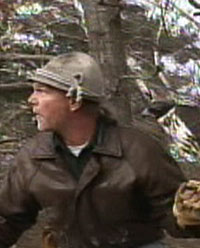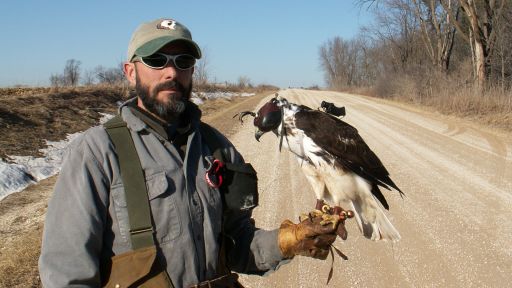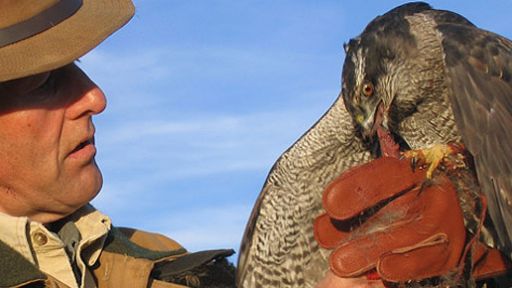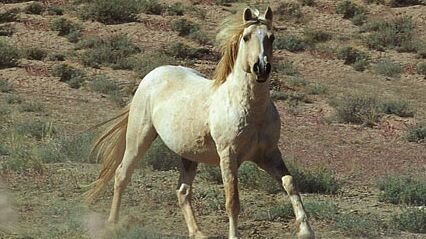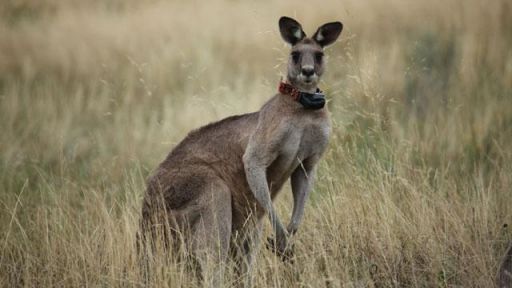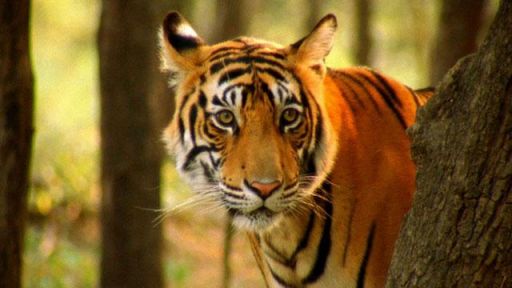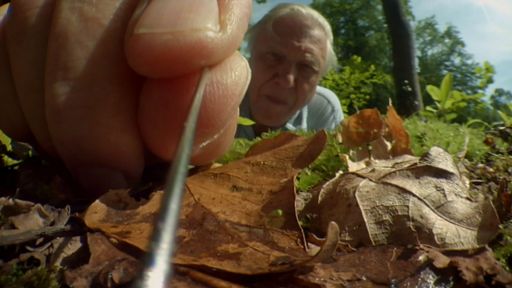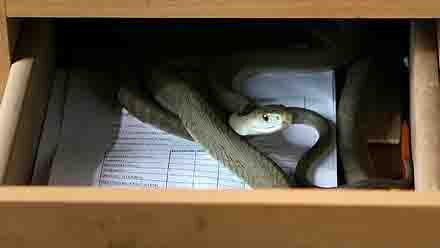Freelance engineer Rob MacIntyre has been fascinated with raptors for more than twenty years. When offered the opportunity to design a one-of-a-kind miniature television station that would be strapped onto the backs of the birds and transmit video of their remarkable flight in real-time, MacIntyre was unable to resist. From his home in Minnesota, MacIntyre talked with us about how he got involved in developing the unique camera and his long-time fascination with raptors.
How did you get involved in this project?
That’s interesting, because I don’t advertise. I make one-of-a-kind type items, and word of mouth is the only way to hear about me; somebody told somebody, and I don’t ask those questions. I listen to the presentation and if it sounds interesting, I’ll do it, and if it doesn’t sound interesting and if I’ve done it before, I won’t do it. I’m not motivated by the same things as other people. I like a challenge. Knowing a little about radio and the birds themselves because I’m a falconer, I realized that there were some limitations that were going to make it very difficult: the radio power supply, transmitting live streaming video, making a harness that the bird will actually wear and still fly. The challenges were pretty extreme.
Did the video turn out as you expected?
Initially, it was exactly what I expected. It was broken up, there was interference. We had major problems with locating it on the bird, as far as the center of gravity. Not very impressive, but it proved that it could be done. We then went through five cameras and processors, blew up a few batteries. It was a challenge. But by the fifth generation we had some pretty impressive results as far as the transmission, the color, the clarity, the resolution. And by the end of the project, the birds basically ignored the harnesses.
It didn’t affect their flight?
I really expected more of a challenge with the camera itself, especially with the peregrine. The peregrine is the fastest animal on the planet. You hear all kinds of numbers but they are capable of speeds in the neighborhood of 250 miles per hour. When I’m driving in my car and I stick my arm out the window, and I move my arm up and down, adjusting the aerodynamics of my hand, I can feel the car pulling somewhat. So if the aerodynamic change of my little teeny hand is affecting a vehicle that weighs thousands of pounds, I can imagine what the camera is doing to the peregrine aerodynamics and how it would need to correct at those speeds.
When we were developing this, I remember someone distinctly saying, “Do you think this is going to affect the aerodynamics?” and I just flat out said, “Yes, I know it will.” However, the peregrine falcon is the pinnacle of evolution for flight. This bird has the greatest onboard computer ever developed for flight and it uses it to correct for anything that develops in that flight. Every feather on its body is capable of making a minute correction. So regardless of the aerodynamic changes from the camera, I truly believe this bird is capable of compensating. And in the flight that we saw, it looked like the peregrine wasn’t even affected by the camera.
Could the video be improved?
I liked the end result, but I know it could be better. One issue is that the cameras are taking pictures 30 times per second, and if you are taking a picture 30 times per second, moving at 250 miles per hour, it is something like one picture every 10 meters. Imagine walking through a room and opening your eyes every 10 meters. That blinking, staggering image that you get is essentially what you get from that camera. It looks like fast-motion video, even though it is real time. One way to get a cleaner, smoother, flowing picture, is to use high-speed film, with a high-speed camera, tripling or even quadrupling the camera speeds so you get more frames per second. When you play it back in real time — which would make it slow motion — it will look smooth.
Will you continue to work on it on your own?
I already have. There were some minor changes that I made after the production was over. With each version, the technology got a little better and a little better. The main goal was to make something that the peregrine would be comfortable with. Once that was achieved, the producers were happy, but I was like “Wait a second. We can do better.”
How long have you been involved in falconry?
For almost 20 years. You ask every falconer what falconry is and you’ll get a different definition. Essentially we work with various raptors and train them to basically not fly away from us. You can’t call it befriending; they’re not pets. They’re still wild animals. You just develop a trust relationship. And we go and fly these birds and watch what they do every day in the wild. What is that? Some call it hunting with trained raptors. But you know what? The bird gets food so why should I be called a hunter? I call it bird watching, but just a different level of bird watching.
Why do you do it?
I don’t know why we do it. Falconers — we’re all a bunch of nuts. I think every single one of us is born with a neuron that is not connected correctly, and this is how we stimulate that neuron. For me … I distinctly remember reading Frightful’s Mountain by Jean Craighead George. The book was about the peregrine falcon featured in the movie My Side of the Mountain. That peregrine falcon was the only thing I could think about for years and years. At that time, the peregrine falcon had basically been wiped out east of the Mississippi River, so all it could be was a dream. Then many years ago, I was at the right place at the wrong time, and I ran into someone who had a peregrine falcon and that was it. I could not do anything else. I had to do this. That is my disconnect.
Do you have any raptors?
I have a peregrine falcon right here. She’s the niece of MF1, which was the very first peregrine falcon to return to the Midwest and breed, outside of captivity.
Any others?
No. One of these is so much work that two…. no… I have to have a life, too.

